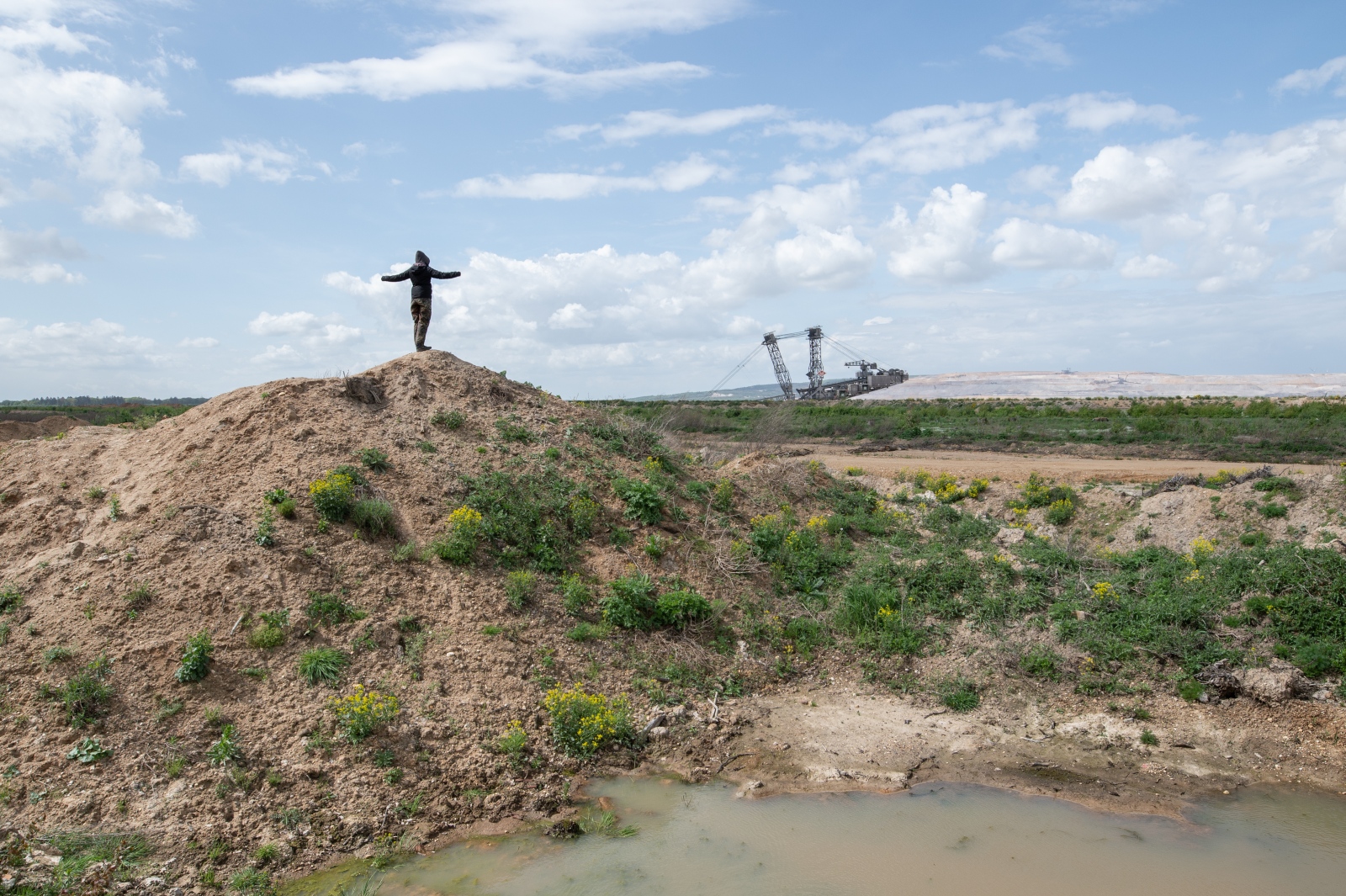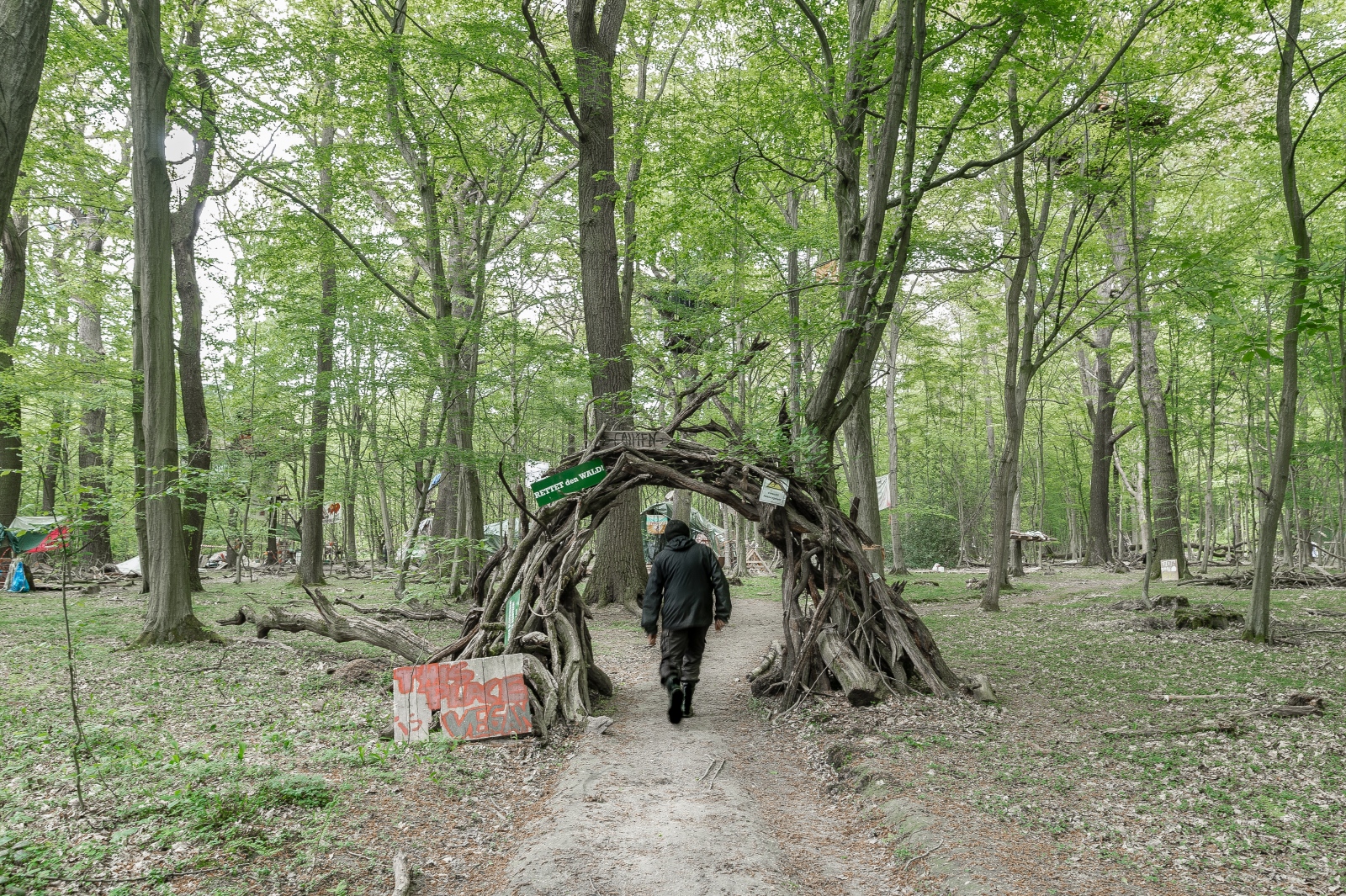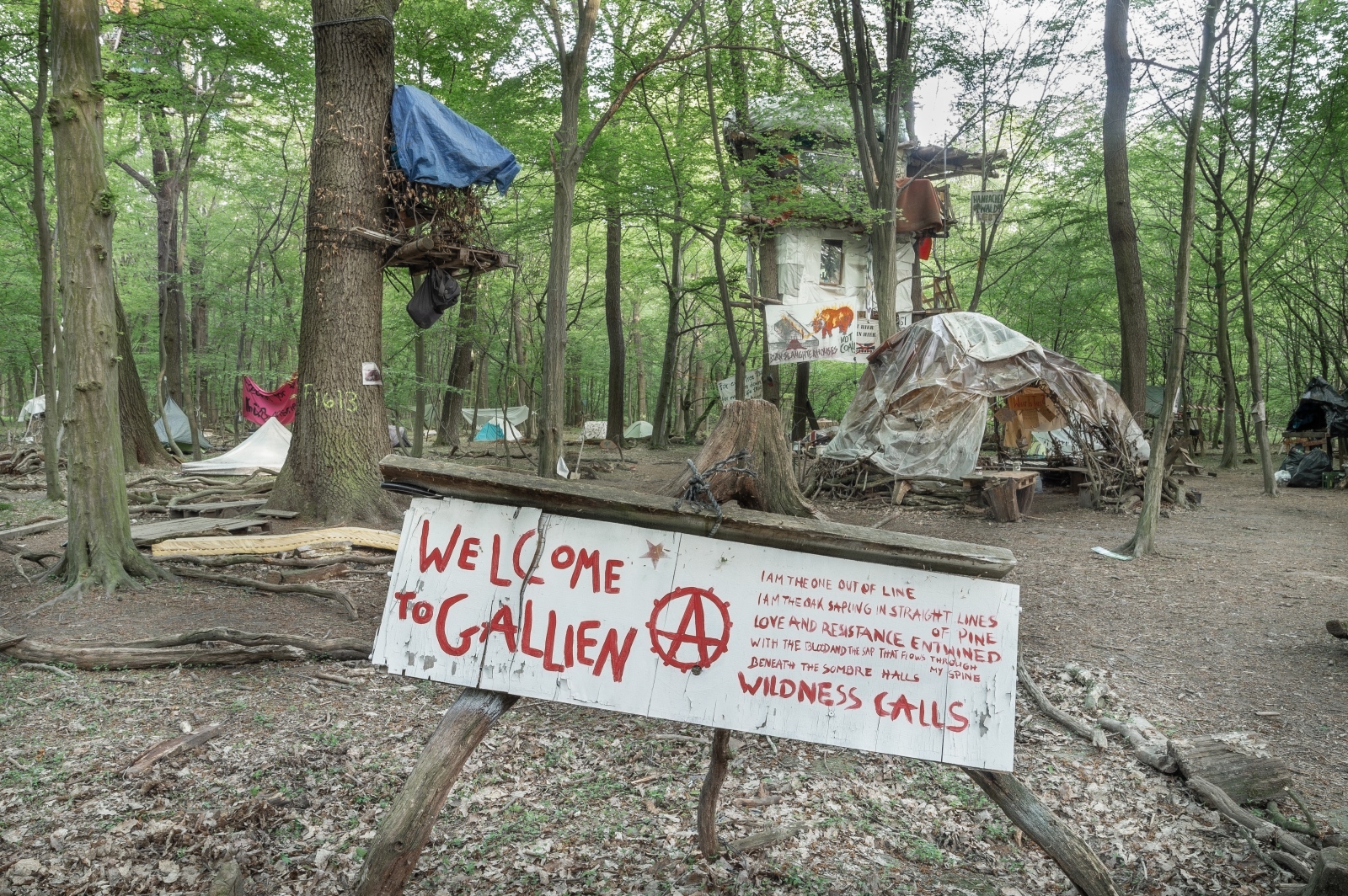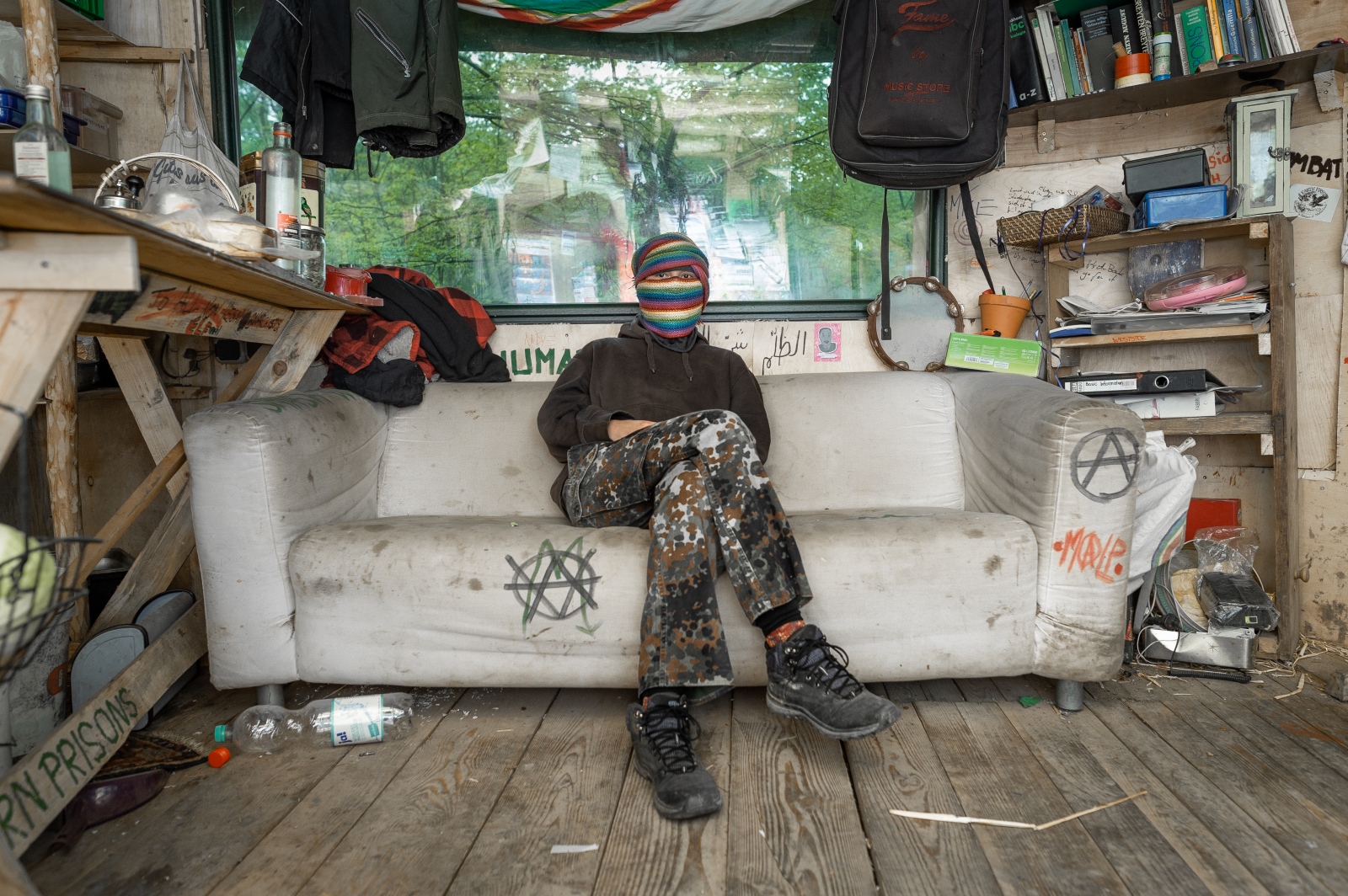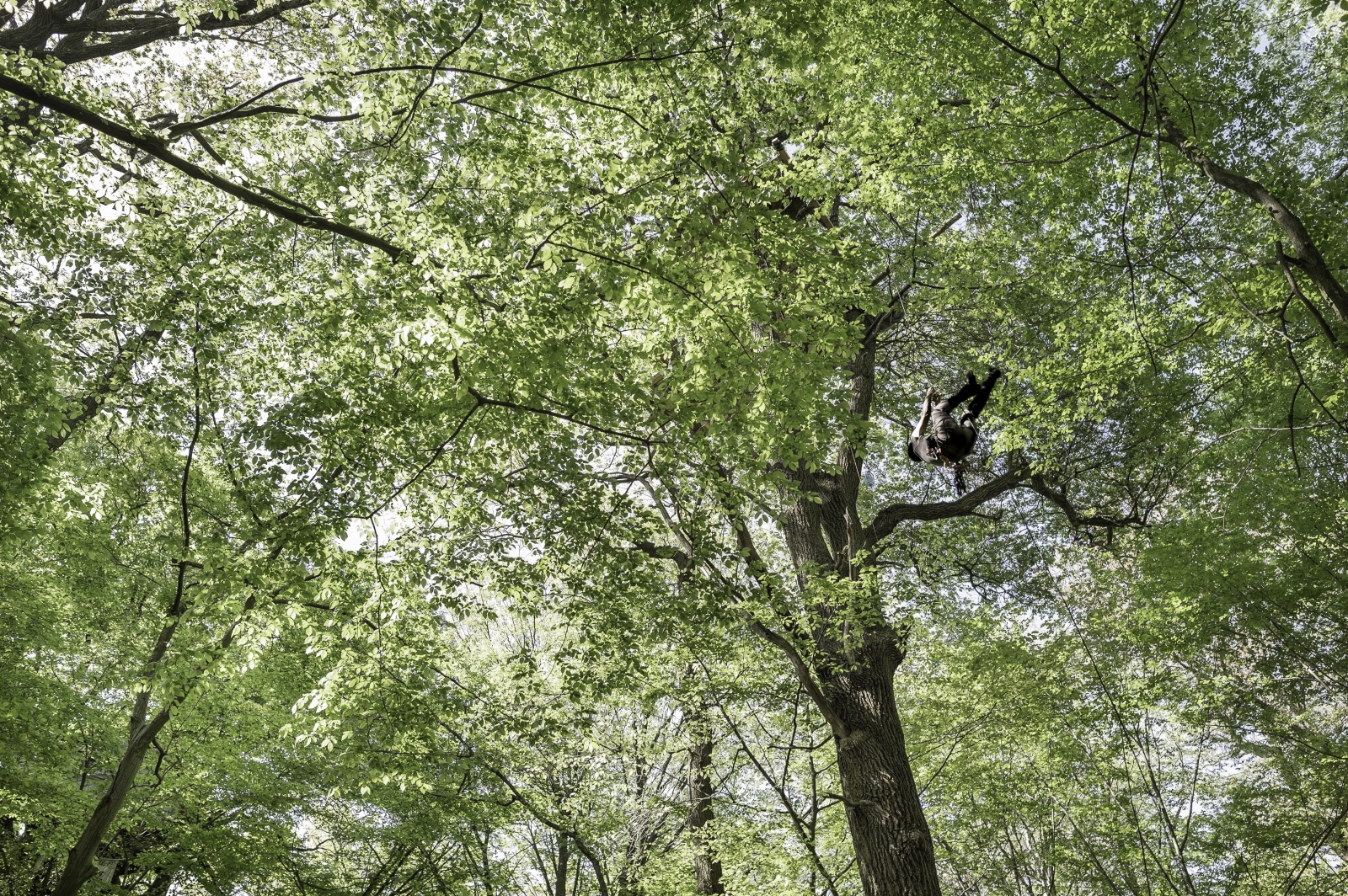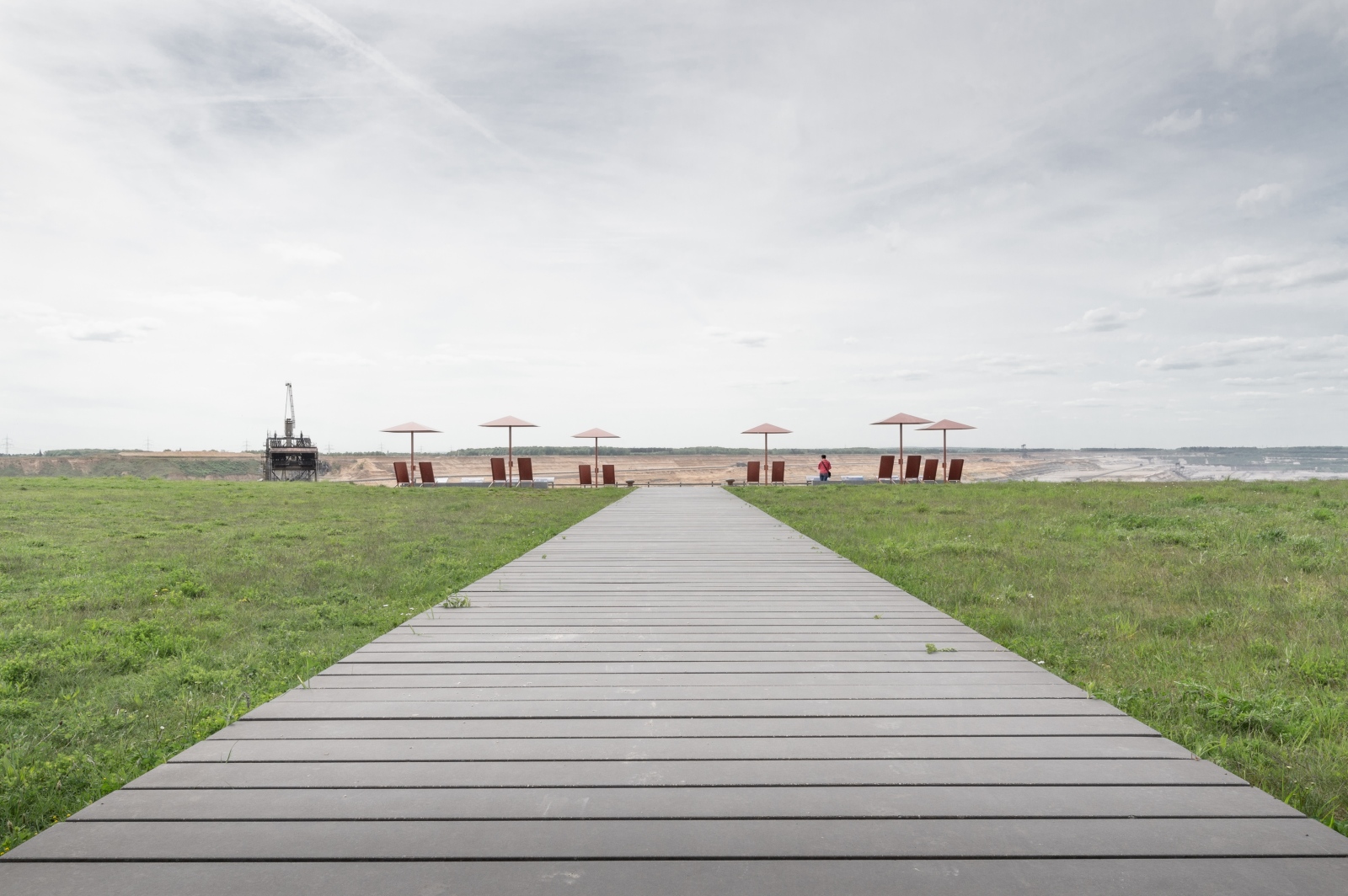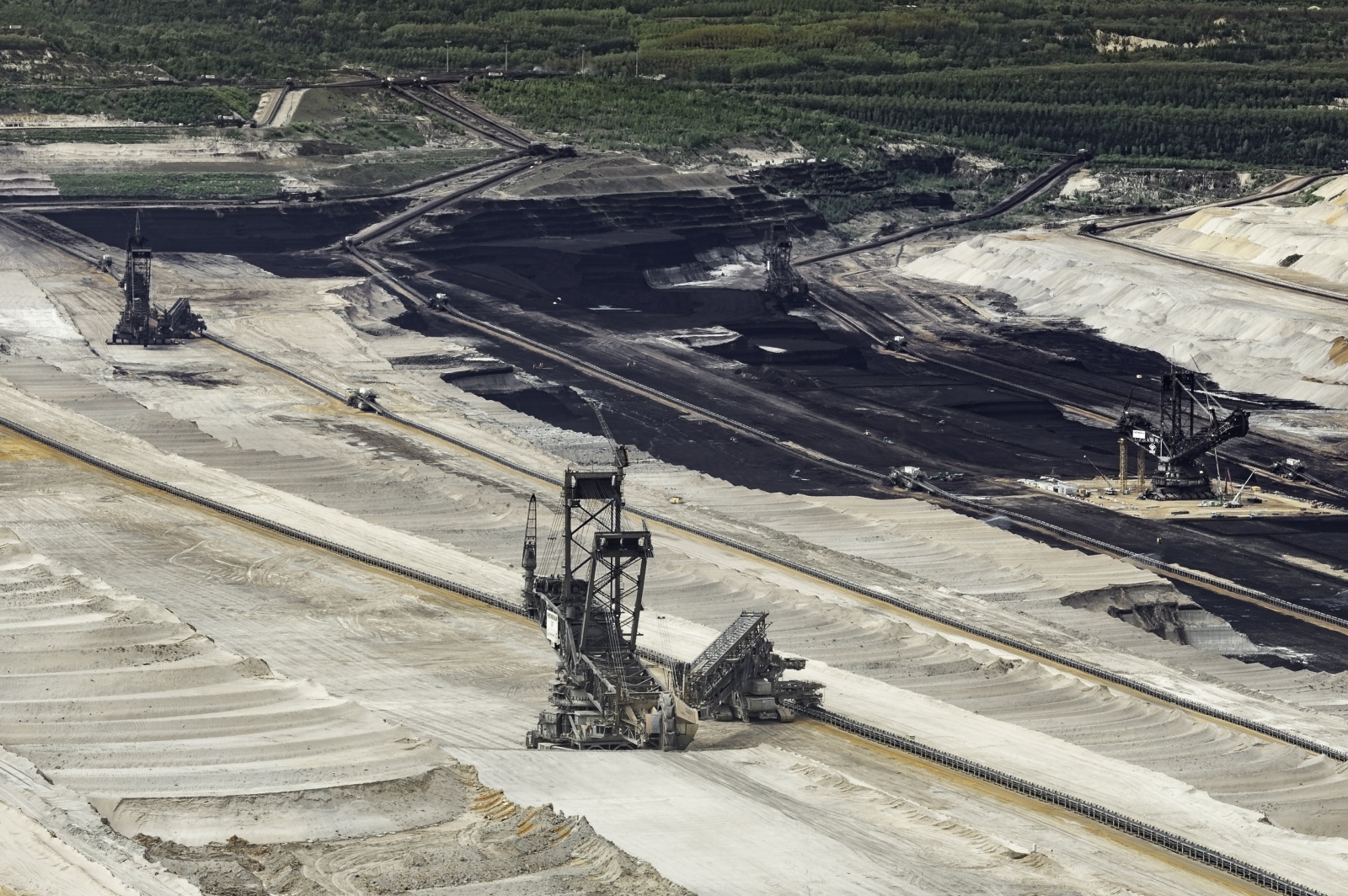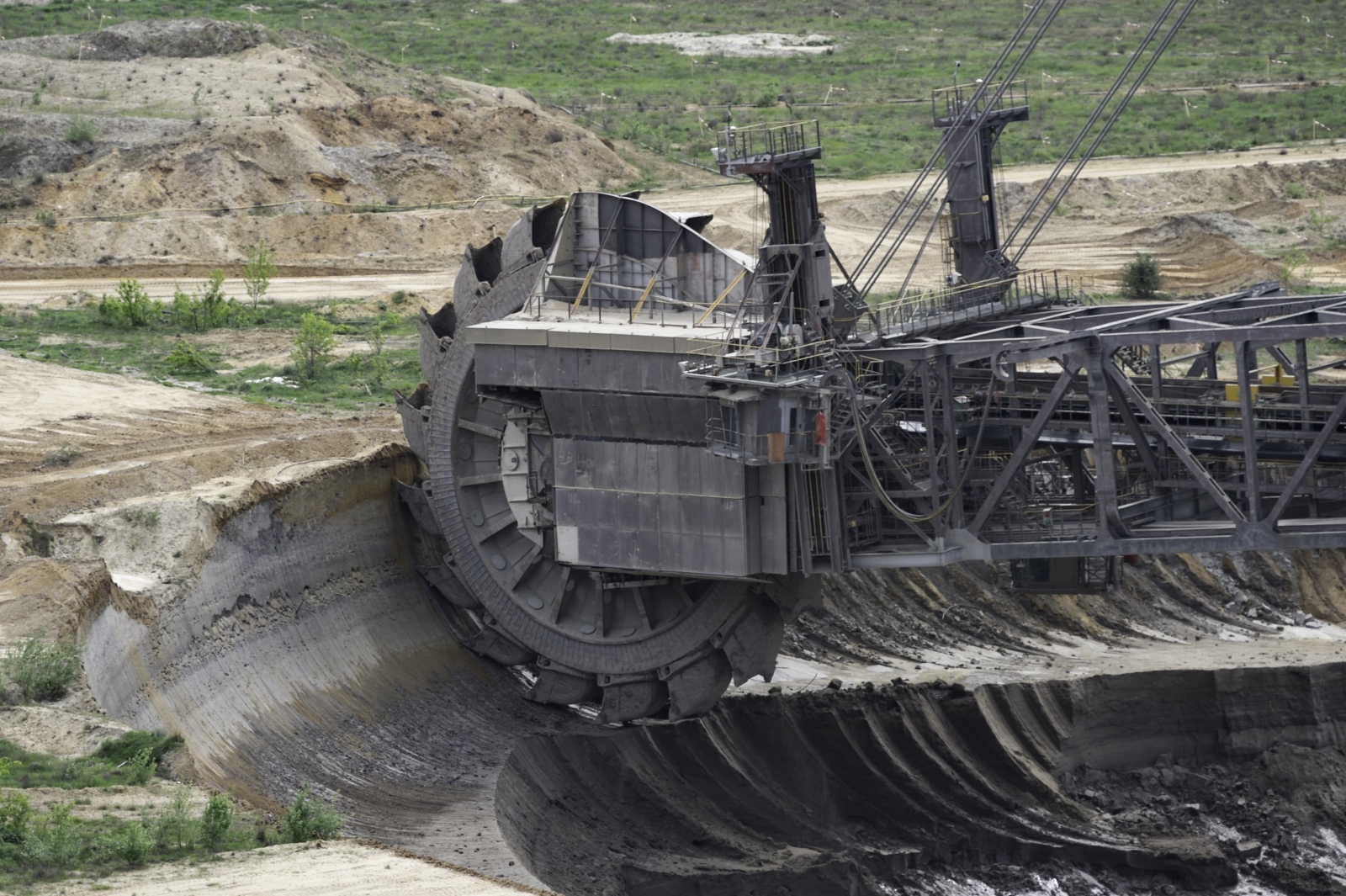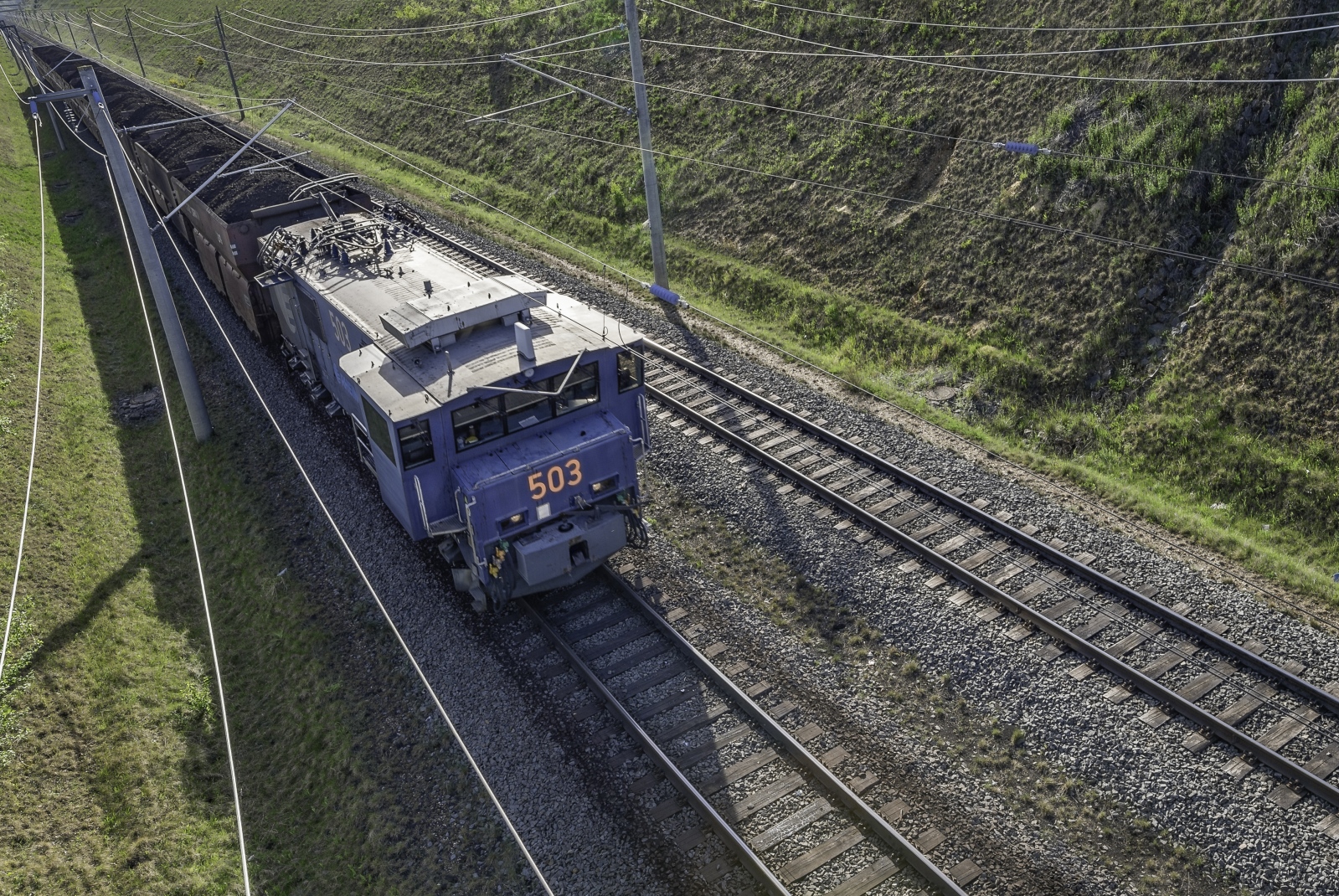Reality Check on the Energiewende
During the UN climate negotiations at the 23rd Conference of the Parties (CoP) in Bonn last November 2017, over 15 countries and several USA states such as California and Washington, plus 58private companies joined the Powering Past Coal Alliance. Carbon pollution from coal is considered a leading contributor to climate change. The Alliance’s charter states that to meet the 2015 Paris Agreement to keep global temperature increases “well below 2°C” and to pursue efforts to limit it to 1.5°C, traditional coal power-needs to be phased out by no later than 2030, and no later than by 2050 in the rest of the world.
In the European Union, almost 1/5 of CO2 emissions come directly from coal power plants, with Germany and Poland responsible for half of it. Despite Germany’s claims to transition away from coal, 77 coal power plants – more than in any other country in Europe – remain operational. The newest units of the lignite-powered facilities are even expected to operate until 2055. The health effects of air pollution due to coal-burning, including respiratory diseases and premature deaths, result in massive costs in human and economic terms. According to Europe’s Dark Cloud report by the Health and Environment Alliance, Climate Action Network Europe, WWF’s Europe of and Sandbag, 3,630 Germans died of carbon-related diseases in 2013.
The 2018 Environmental Performance Index (EPI) by the Yale Center for Environmental Law and Policy in collaboration with Earth Institute of Colombia University finds that air quality is the leading environmental threat to public health. According to Endcoal.org, annually and on a global scale, more than 800,000 people die prematurely from pollution generated by coal-burning. Within the EU, an analysis of 257 of the EU’s 280 coal plants found that their emissions contributed to the deaths of 22,900 people. Tens of thousands more suffer from illnesses, including heart problems and bronchitis, directly related to coal-burning. The corresponding health cost is estimated to exceed €60 billion. With 6.5 million victims annually worldwide the issue of air pollution starts to rank very high on the policy ladder and it will drive the World Health Organisation’s first global conference on air pollution and health on 30 October – 1 November 2018 in Geneva.
So why is Germany, considered one of the pioneers in the fight against global warming, reluctant to sign this charter for cleaner power sources?
Is coal really being phased out?
Despite the surge in renewable energy in Germany, coal still supplies about 40% of the country’s total energy. Half of that supply is lignite or brown coal, considered the biggest CO2 pollutant of all. Rhineland-Palatinate is considered a pioneer state in the ‘Energiewende’, however it imports most of its 30% of electricity from North Rhine-Westphalia's coal power stations.
“There’s no bigger impact on the environment than brown coal mining, and we’re the world champion,” says Dirk Jansen, a leader of the local chapter of Friends of the Earth in Germany’s coal heartland of North Rhine-Westphalia. “If we want to stop climate change, we have to start here.”
With the last underground mines closing next year, Germany appears to reconvert. But then again, there is lignite that continues to be mined at one giant open pit located in the Rhineland, a petrified 30-million-year-old swampland. Its extraction is easier (read: cheaper) but of lower quality and dirtier to burn compared to hard coal. Together with the relatively low price of carbon under Europe’s emissions trading system, there appears little financial incentive to give up this brown coal all together. “There’s no real economic incentive to phase out coal,” says Ottmar Edenhofer, chief economist at the Potsdam Institute for Climate Impact Research. “To stimulate clean innovation, we need a minimum price for CO2.”
Germany is already getting out of the nuclear energy business. Following Japan’s 2011 Fukushima disaster, Merkel decided to close all nuclear plants by 2022. Simultaneously leaving behind coal, say critics of a quick exit, would leave the country without the necessary resources to ensure it has the energy it needs. RWE AG, with its headquarters in Essen and responsible for power generation of a gas, hard coal, hydropower and biomass, reiterated during its last shareholder gathering 26 April 2018 that to meet energy demand lignite remains a viable solution at least until 2045. It claims embracing its role as good corporate citizen by investing in green energy sources and community development. At the same time, RWE seems to take a more complacent role for the future while urging other industries do their homework in terms of ‘greenovation’. Remarkably, according to a visitor to the shareholder meeting, one of the attendants stated that RWE’s commitment to renewables is about 13% and below average as compared to the national observed 33% in green energy supply.
Costs, Benefits and the Environment
When visiting the RWE Weisweiler brown coal power plant near the town of Eschweiler it appears that that investments in green energy are restricted to a scattering of wind turbines in the Rhineland’s landscape couple with a few acres of solar panels around the power plant’s site. Meanwhile over 8,000 hectares of the adjacent 12,000 year old Hambach Forest have been reduced and will continue to be reduced to a 500 meter deep coal pit large enough to hold the entire inner-city of Cologne. This is the result of approximately 45 years of mining. Weisweiler is not the only powerplant in the region. Niederaussem Power Station is another lignite-fired power plant in the Bergheim Niederaussem/Rhein Erft circle, owned by RWE. It is the second-largest brown coal power plant in operation in Germany, with a total output capacity of 3,864 MW and a net capacity of 3,396 MW. According to EURACTIV Slovakia, the Neurath RWE coal power plant, not so far from the lignite mining site in Hambach, ranks second in the EU in terms of both installed capacity and CO2 emissions.
Apart from the disastrous impact on health and nature, coal exploitation has yet another human cost - the internal displacement of people. Villages need to be evacuated, de- molished and reconstructed to give way the world’s largest excavators. One such village up for demolition is Immerath – a former farming village home to 1,200 people in the fertile countryside near Hambach - about 40 kilometers from the RWE mine.
One inhabitant who was willing to give a short statement mentioned that they knew for over 25 years that RWE would demolish their village to accommodate mining activities in the region now. Over the last 7 years, villagers have been given a new home in Neu (new) Immerath, 20 km down the road. Although inhabitants have been compensated for the move, according to some sources, they were advised to accept the resettlement deal. Another remaining inhabitant was unwilling to comment and merely stated that their deal with RWE prevents them from commenting publicly on the matter.
Excavation of the Hambach site (commonly known locally as “Mordor”) began in 1978 when mining operator RWE acquired the land. The first lignite was extracted January 1984. The surface mine is approximately 450 meters deep with the total area of 85 square kilometers designated for mining. About 40 million metric tons of lignite are produced annually, and an estimated 1.660 million tons of lignite are still available for mining. The extracted lignite is transported via the Hambachbahn to Bergheim - Auenheim and from there transported via the north-south railway to the power stations Niederaussem, Neurath, Frimmersdorf and Goldenberg near Hürth-Knapsack.
Fighting for Hambach Forest
Protests have been ongoing against the excavations and subsequent forest destruction since 2004 when Greenpeace activists demonstrated against the use of lignite. They ew over the open pit with a hot air balloon, occupied an excavator for several days and painted it partly pink. The number of complaints against further excavations grew due to possible damages to the hills in the Elsdorf-Heppendorf area. In 2008 this led to the establishment of the Bergschaden Braunkohle NRW reclamation service for damage victims in the Rhenish lignite mining area.
On 13 May 2009, Friends of the Earth Germany (BUND) and a local action group launched a court procedure to halt the relocation of the A4 motorway deemed necessary for the planned extension of the mine, on the grounds of noise pollution and the possible threat to the protected Bechstein bat and other species. This was unsuccessful. Protected animals threatened by the mining include: the mid-woodpecker, the dwarf bat, the Bechstein’s bat, the brown long-eared bat, the greater mouse-eared bat, the dormouse, the cross toad, and a little bat known as the “lesser noctule”.
From 2012 an area of 200 hectares of the remaining Hambach Forest has been ‘occupied’ by environmental activists trying to prevent further RWE exploitation. The activist presence now includes a number of self-sufficient settlements or “barrios” with around two-dozen tree houses and numerous road barricades to prevent the RWE mining company and police vehicles from entering. Activists who have been caught trespassing by RWE have been given a written ultimatum not to come back to the forest or face a heavy fine of several thousands of Euros. A recent court decision overruled a previous ruling that had halted RWE from further logging Hambach Forest. The court concluded, according to the local activists, that the remaining 200 hectares of forest was now too small to protect any of the species living there, thus refuting the argument that logging should be halted for the species’ bene t. The destruction will, as a result, continue as of October this year, aiming to cut down another 100-150 hectares. The activists are committed to protect it. However, they are unsure of what will happen to them or what is left of this 12,000 years old mixed forest, home to number of protected species and with a unique blend of English oak trees, hornbeams and lilies of the valley. Ironically, the site is situated 50 kilometers from last year’s CoP23.
On the road to CoP24 in Katowice, Poland - another neighboring coal-powered country that has trouble moving beyond the conventional dirty sources of energy - the fate of Hambach Forest in western Germany indeed represents the tensions of trying to meet growing energy demand and attempting to integrate environmental considerations. For this equation to be sustainable, for society and nature to prosper, the business as usual scenario needs to change. Poland and Germany belong to the wealthiest countries in the world and on the road to CoP24 in December 2018, they must prove that the darker ways of energy production are indeed part of the past.

